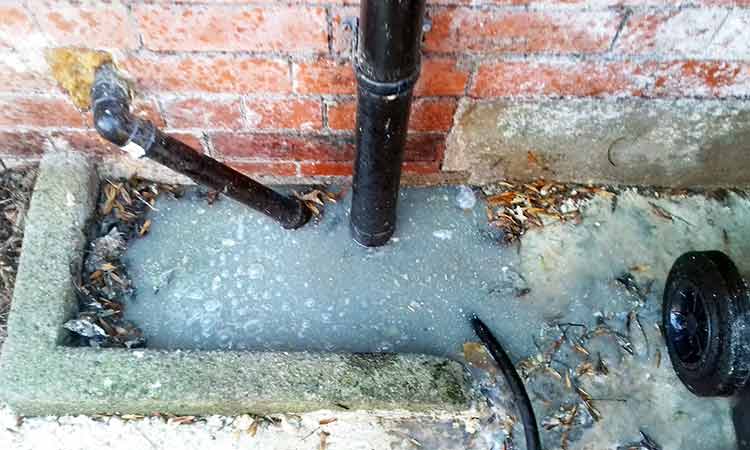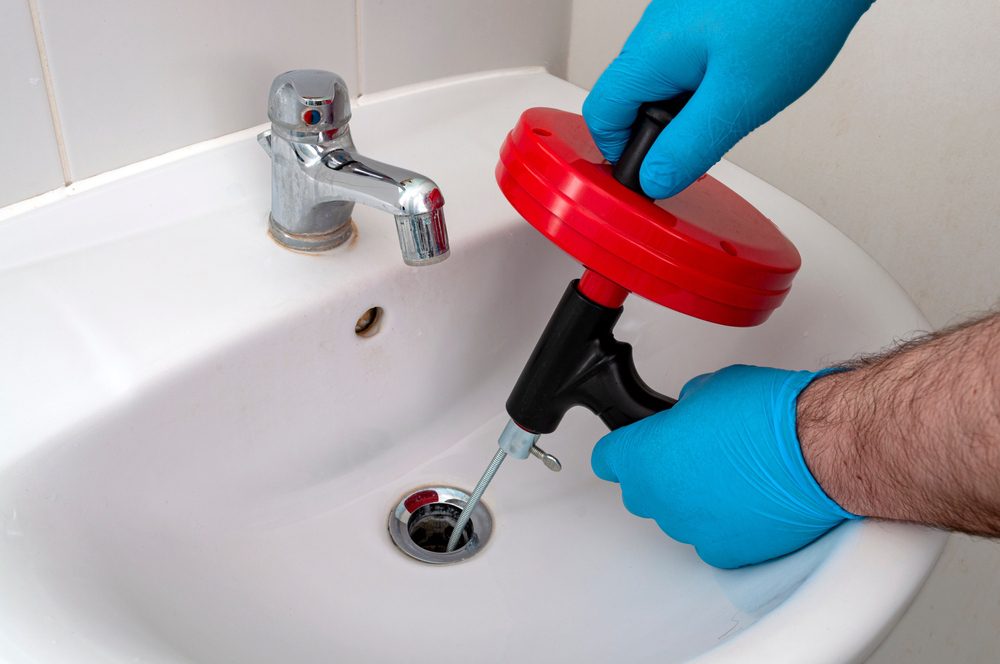What are your ideas about Some easy tips to fix blocked drains?

Intro
Dealing with a blocked drain can be a discouraging experience, interfering with day-to-day tasks and potentially causing damage to your home. Nevertheless, before connecting to plumbing experts, there are steps you can require to attend to the problem yourself. In this overview, we'll check out DIY remedies and preventive measures to deal with a blocked drainpipe effectively.
Recognizing the Issue
The first step in dealing with an obstructed drain is acknowledging the signs. Slow-moving drainage, gurgling noises, foul odors rising from drains, or water support up prevail indicators of a blocked drainpipe. Recognizing these indications early can aid prevent even more issues.
Picking the Right Pipes Service
When picking a pipes service, take into consideration factors such as experience, licensing, and consumer evaluations. Choose a trusted plumber with a record of high quality handiwork and clear pricing methods.
Price Considerations
The price of expert drainpipe cleaning services can differ relying on the intensity of the clog and the plumbing professional's rates. Demand quotes from numerous carriers and inquire about any added fees to make sure openness and stay clear of surprises.
Safety and security Precautions
When trying DIY drainpipe cleaning, focus on safety and security. Use safety gloves and glasses to avoid contact with dangerous chemicals or bacteria. Never blend various drain cleaning products, as this can generate dangerous fumes.
Instance Researches
Real-life instances illustrate the effectiveness of DIY services and the value of prompt specialist treatment in fixing drain clogs.
Usual Sources Of Obstructed Drainpipes
Comprehending the aspects that add to drain blockages is important for reliable resolution. Typical offenders include hair, soap scum, oil, food debris, and foreign things like hygienic items or paper towels. Tree roots getting into underground pipelines can also create significant obstructions.
Do it yourself Solutions
For small blockages, numerous DIY options can be efficient. Pouring boiling thin down the drain can aid dissolve oil and debris. Sodium bicarbonate and vinegar or a mix of salt and cooking soda can function as all-natural cleaners. Utilizing a bettor or pipes snake to remove blockages is an additional option.
Tools and Equipment
Having the right tools available can make do it yourself drainpipe cleansing more efficient. A plunger is a flexible tool for removing obstructions in sinks, commodes, and showers. A pipes serpent or auger can get to much deeper blockages, while drain cleansing chemicals can be used carefully for stubborn obstructions.
Preventive Measures
To avoid future obstructions, adopting safety nets is critical. Mount drain guards or filters to catch hair and particles before they get in the pipelines. Consistently flush drains with warm water to dissolve grease accumulation, and stay clear of throwing away grease or solid waste away.
When to Call a Professional
While do it yourself solutions can solve minor blockages, certain indications show the need for professional support. Consistent obstructions, foul odors in spite of cleansing initiatives, or numerous drains pipes supporting all at once are warnings that necessitate experienced treatment.
Verdict
By following the suggestions laid out in this guide, you can effectively deal with blocked drains and avoid future plumbing concerns. Whether going with DIY options or seeking specialist support, prompt action is vital to preserving a healthy plumbing system and maintaining the honesty of your home.
WHAT I LEARNED FROM TRYING TO DEAL WITH A CLOGGED DRAIN
We have had our share of seepages and other annoying things that are part of living, especially in an apartment complex. And if there’s one thing that’s terrifying for a homeowner—or even someone in a rented home—it is a clogged drain, indoors or outdoors.
We enjoy our living space, but it’s simply a fact of life that dead skin, soap and a host of other items go down the drain; eventually, the residue builds up and prevents anything from moving. Ugh.
Not Calling A Professional
Of course, it might seem simple to just whip the pipe off under the sink and see if you can unblock it. Unfortunately, what if the blockage isn’t there, or you don’t reconnect it properly? Worse, you might break a piece and have no drainage system. Can you imagine that scene? Yuck!
Not Watching Your Waste
This will sound d’uh, but the best tip I can give you for drain cleaning is to avoid clogging the drain in the first place! You can do this by monitoring what goes down the drain and catching the items which are most likely to give you a problem. Invariably hair, vegetable peels, and large wads of toilet paper are the most obvious culprits. Add a filter—these are available in hardware stores and can be removed and cleaned easily.
Poking The Drain
The first urge with a clogged drain is to poke at it with a stick or anything that resembles a stick. Sadly, this does not result in magically solving the issue. The mental image is, naturally, one of the stick just pushing through the offending item and all is well again. Reality is quite different and unpleasant and likely to lead to further problems.
The thing is, every drain has a series of bends that are not visible to us. Drains are built this way to prevent gases from entering the house. What happens when you poke a stick into the drain? Of course, it can’t bend around the corner. The more adventurous people will use force and end up wedging the stick or causing it to break off in the pipe—creating an even bigger issue. Worst thing? The stick will shift the block further down the pipe, creating the space for more to collect. Go ahead! Roll your eyes!
Using The Wrong Plunger
You know what they say: the right tool for the right job! Did you know there are different types of plungers besides the basic one we keep at home for an emergency? Yes, there are. For example, the toilet plunger has a bell-shaped bottom while the sink plunger is flat. This is an important difference and using the wrong plunger will be useless. There’s also a knack in using plungers—they must be placed in such a way that they create an airtight seal and then, moved slowly up and down—not as fast as we imagine.
https://vidyasury.com/2018/01/learned-trying-deal-clogged-drain.html

Do you really like more info about What I learned from trying to deal with a clogged drain? Give a review below. We'd be glad to find out your thinking about this blog entry. In hopes that you come back again before long. Sharing is nice. You won't know, you might be doing someone a favor. Thanks a lot for being here. Come back soon.
Click Here